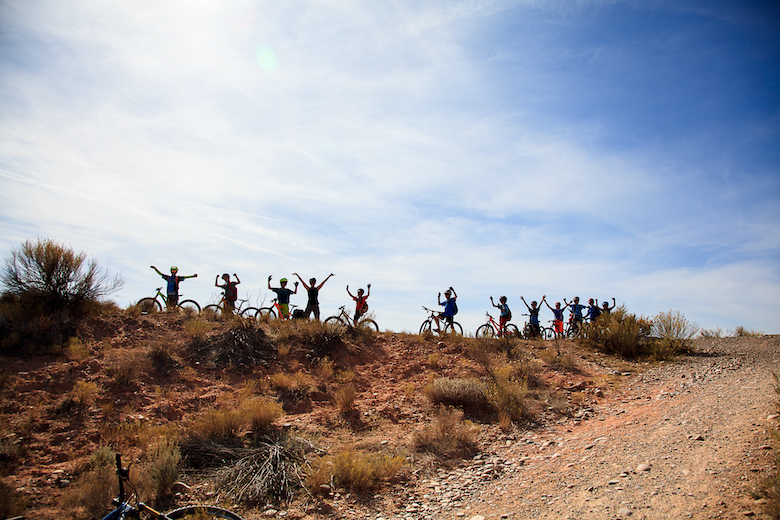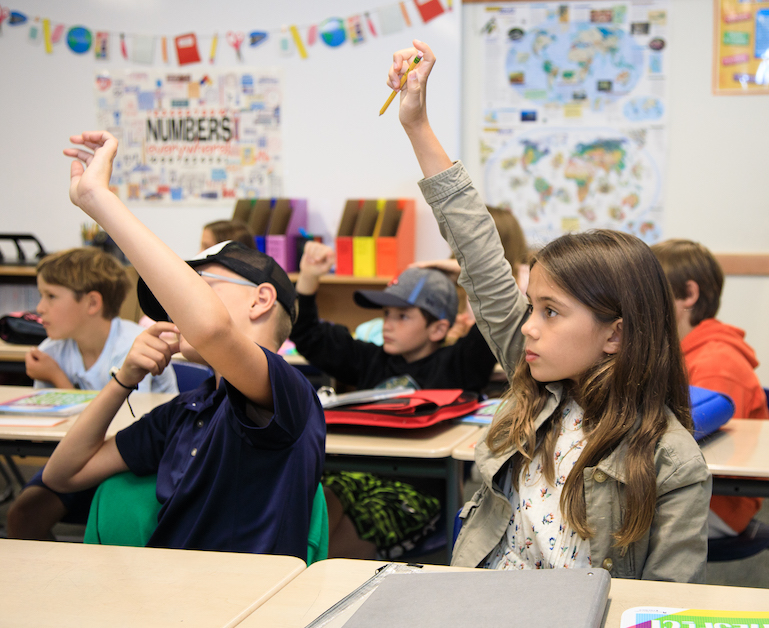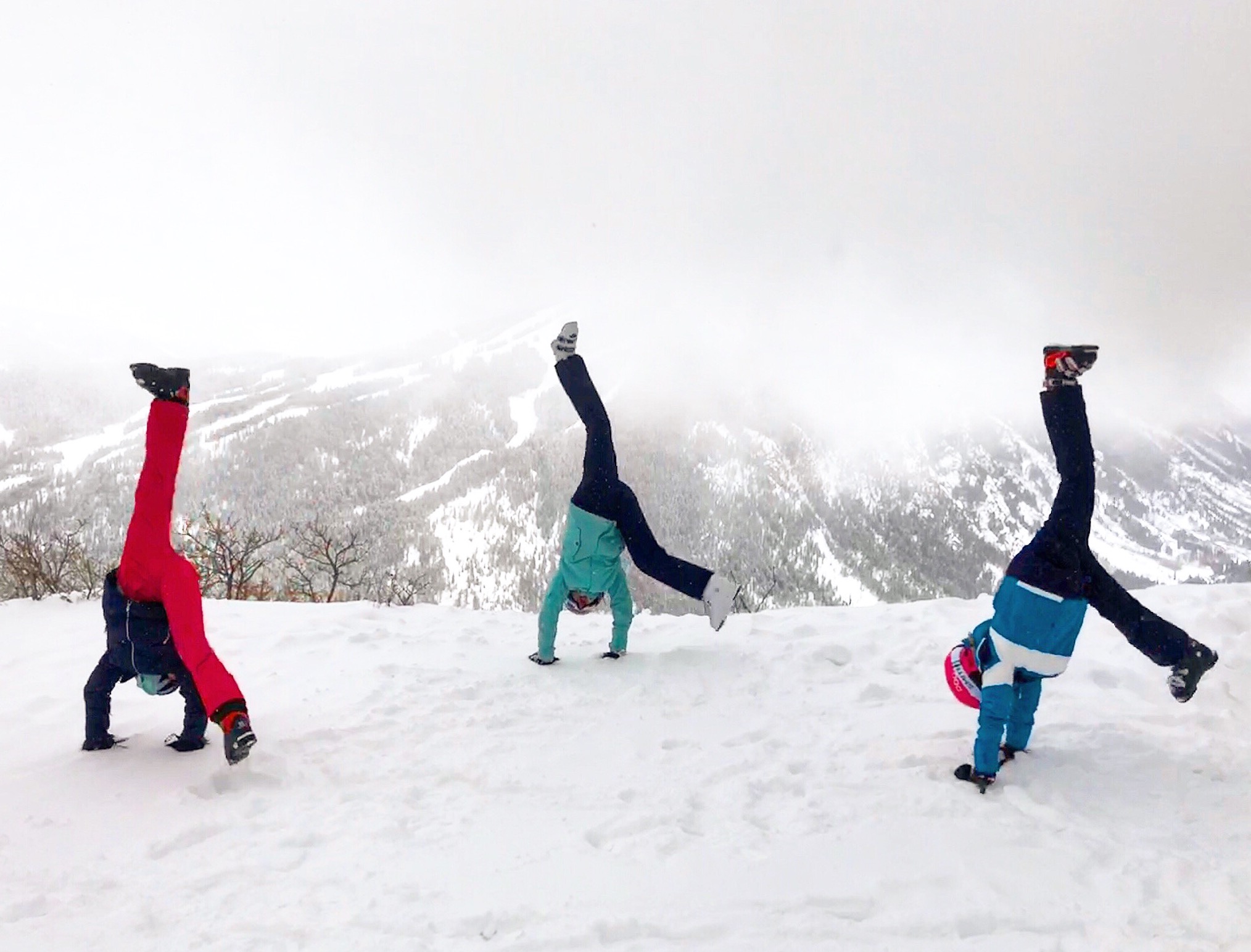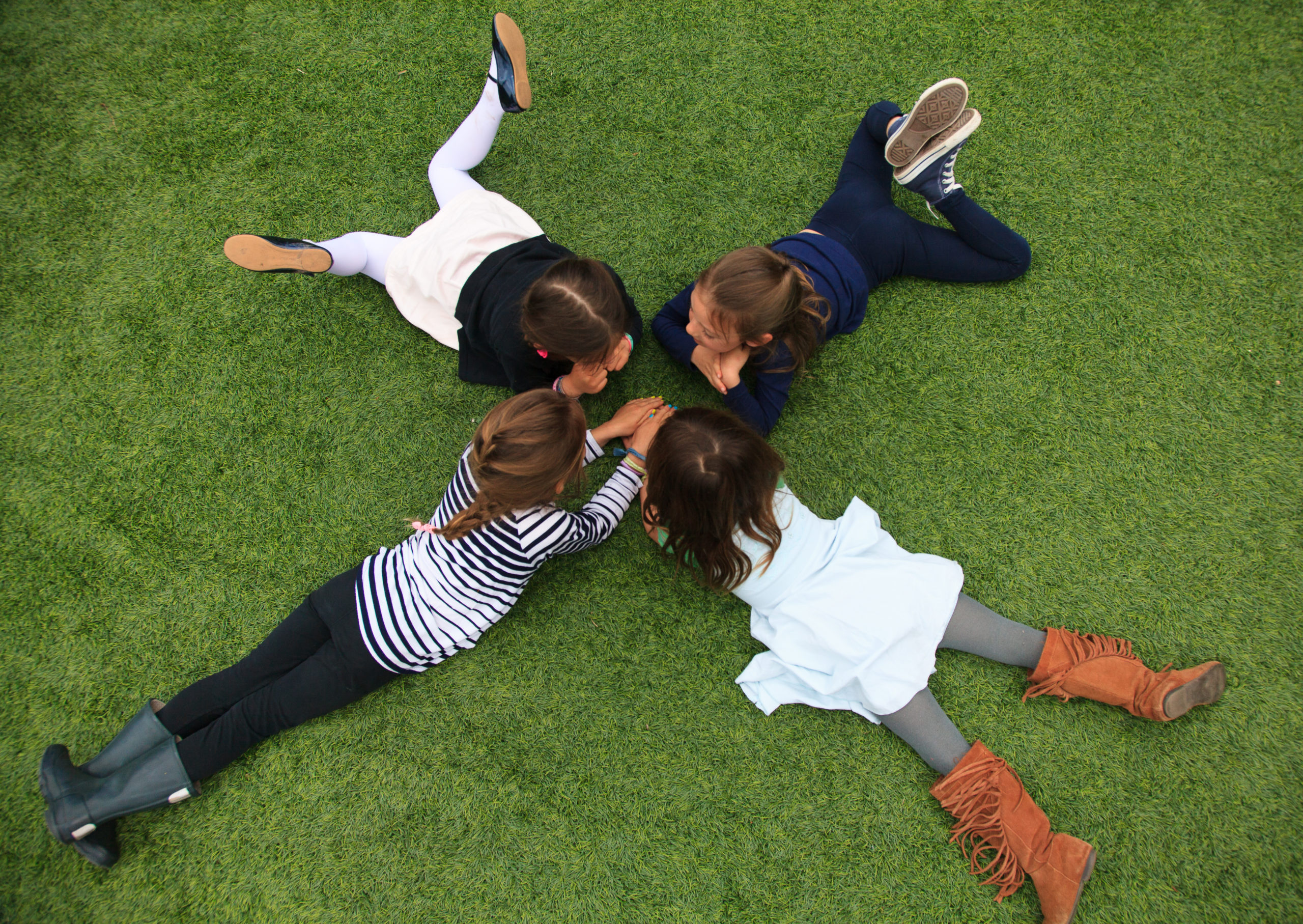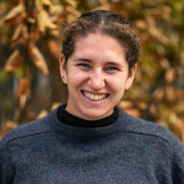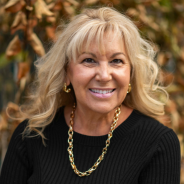Fourth Grade
Fourth Graders are naturally opening up to the world around them, and the school year reflects that expansiveness. A “typical” day may find them discussing the beliefs of the ancient Egyptians, then creating a sculpture in art class, then practicing their telemark skiing, then discussing ways to collaborate on a service learning project in class meeting. Their home base is the top level of the Castle Creek building, where their homeroom teacher is also their math/science teacher or their language arts/social studies teacher. They move back and forth between these classrooms, a gentle transition to the older grades where they will change teachers for each subject.
ACADEMICS
Fourth Grade is a year of intense but joyful focus on academic work, as children develop the key habits of heart and mind that will fuel their intellectual growth for the journey ahead. They are writing essays, making presentations, keeping a careful record of their assignments in their planners, using Chromebooks in class, and managing a more complex schedule.
Language Arts
Fourth Graders’ appreciation of literature continues to grow as they are exposed to a variety of reading materials, both fiction and nonfiction. Reading skills focus on comprehension of more complex texts. They review, analyze, and critique works as a class or in small-group discussions. Students predict outcomes, identify story elements, read “between the lines,” draw conclusions, make comparisons, and recognize figures of speech. They develop their skills in creative writing, expository paragraph-writing, and public speaking.
Mathematics
Fourth Grade students begin the year with a study of multiplication and division, focusing on models, strategies and multiplicative comparisons. They use open number lines, arrays, and ratio tables to demonstrate their understanding. They work through a variety of multiplication and division story problems and use area models to investigate factors, multiples and prime and composite numbers. As they continue developing their number sense, they use factors and resulting products to build, solve equations and complete multiplicative comparisons.
Students continue to build multiplicative reasoning as they work with multi-digit multiplication and early division. They move from building multiplication arrays to sketching them in a variety of ways to creatively demonstrate their understanding. Students work together to solve division problems that require them to make sense of remainders in a variety of contexts. All the while they are reviewing strategies for finding single-digit multiplication facts.
Fourth Graders work with variety of tools, including folded paper strips, egg cartons, geoboards, number lines, and base ten pieces, to model, read, write, compare, order, compose, and decompose fractions and decimals. Their investigations and explorations range from the purely mathematical—the relationship between fifths and decimals, for example—to applied, as they determine a strategy to figure out how many candy bars the teacher will have to buy if she plans to give an undefined number of students three-quarters of a bar each.
Students review fraction skills and concepts from the previous grade and extend their understanding to mixed numbers, improper fractions, and more sophisticated strategies for generating equivalent fractions.
Fourth Graders use geoboards, naming the parts and describing their the relationships to one another. They then extend their analysis by comparing fractions with unlike numerators and denominators, and adding fractions with like denominators.
The base ten mat is also introduced and assigned a value of 1. Students determine that the strip and the unit are worth 1/10 and 1/100 respectively, and are introduced to the decimal notation for these fractions. The base ten pieces serve as a visual anchor as students compare decimal numbers and investigate the relationship between tenths and hundredths. Students are also invited to investigate the connection between decimals and other common fractions, including halves, fourths, fifths, and twentieths.
Fourth Graders also study addition, subtraction, and measurement concepts. As part of their work, students investigate and use the standard addition and subtraction algorithms. They compare the use of algorithms to other methods and make generalizations about which work best for certain problems. Finally, students circle back to division and learn the standard long division algorithm. They complete a cumulative review of the year’s concepts to finish off the semester.
Science
Students begin the year examining the essential question: How do plants and animals survive in their environment? They begin this process by further developing their understanding of the characteristics and structures of living things. Later, through the exploration of a variety of human body systems, scientists learn to identify the functions of different systems and articulate how these systems work with others to ensure the survival of individual organisms. The unit culminates with a study of the structure and function of our visual system and a dissection of a bovine eyeball in class.
The understanding of behavioral and structural adaptations builds upon students’ knowledge of the characteristics and structures of living things. Students identify how specific adaptations facilitate the survival of species in their particular habitats. They create fictional organisms with unique adaptations and explain how their structures and functions enable them to survive in their environments.
In the second semester, students explore and design electromagnets. They isolate and test variables to determine the best design with the available components. They are introduced to the field of electrical engineering, the engineering tool of schematic diagrams, and the many ways people harness electricity. They learn that energy comes in many different forms, and they learn the scientific definition of the term “energy” — the ability to make change happen, or the ability to do work. They explore the “circuit language” of schematic diagrams and their essential role in electrical engineering. The unit culminates with students using the Engineering Design Process as they design, build, and test circuits. Working in small groups, they create schematic diagrams of their circuits, which include batteries, a bulb, wires, and a switch.
In an earth science unit students dive into exploring and understanding the history of the landscape around them as we travel through time using the geologic record. Students investigate the rock cycle, how to identify rock types and what rocks can tell us about the history of the land we are on. Students examine the correlation between plate tectonics and natural disasters and the unit will culminate in a study on volcanoes including building and erupting model volcanoes.
The semester concludes with an opportunity for students to design, execute and present individual science projects. Students are introduced to the scientific process starting with identifying a problem. They brainstorm solutions, execute tests, collect data and present findings to an audience in both written and spoken formats.
Social Studies
The focus of Fourth Grade History is Ancient Egypt and Ancient Greece and Rome. Students also study the fundamental elements of a civilization and how a society is influenced by geographical conditions and structural and economic factors. For example, students explore how the Nile’s seasonal floods enabled the Egyptians to progress from daily survival to “works of the mind.” Geographical work focuses on the Nile River, major cities, and geographical landforms in Egypt. Students read and analyze Greek myths in connection with Greek and Roman history. They also study the influence of Greek mythology in literature, art, science and politics in Western history and contemporary American society.
World Language
In French and Spanish classes, Fourth Graders learn increasingly sophisticated ways of listening, speaking, and writing. Students begin working with short dialogues to become more comfortable speaking in sentences. They also use their knowledge base to write short dialogues and essays. They continue to learn about verb conjugation and deepen their understanding of cultures.
Arts
At Aspen Country Day School, teachers believe in the power of the arts not only to build children’s capacity for creative expression, but also to enrich their work in academic classes. In Fourth Grade, children leverage the tools, skills, and creative practices they have learned arts classes, putting them to use in social studies, English class, world language, and even math and science. Young artists are busy flexing their creative powers daily.
Art
Fourth Grade students study line, color, and shape through painting. They also work on drawing, learning about one-point perspective. They explore foil relief and create folk art-inspired art using marker and colored pencils. As they each choose an Egyptian god or goddess for a Social Studies project, they craft their chosen god in art class. These elaborate three-dimensional sculptures are a great way to learn about dimension and form. To build their Egyptian dolls, the Fourth Graders create armatures, then apply plaster and paint. They design and sew clothes, then adorn the gods with jeweled accessories.
Drama
The Fourth Grade performs Romeo and Juliet in the Shakespeare festival. Students also engage in a variety of activities and games to improve focus and concentration. They practice their skills of improvisation, building more confidence with each performance.
Music
Fourth Grade students continue their journey in string instrumentation with violin. They learn to incorporate and apply notation, tempo, dynamics, and other musical constructs in vocal and orchestral music. Fourth Graders also explore various cultures and genres through songs, movement, and music literature to build upon their understanding of music and its influence and beauty over time and around the world.
Outdoor & Physical Education
Fourth Graders look forward to their outdoor experiences with gusto, eagerly racing to the turf field for a brisk game of soccer or putting skins on their telemark skis for an afternoon tour on the hillside behind campus. On ski afternoons, the class heads out to Buttermilk, left.
Physical Education
Fourth Grade students continue to refine skills in traditional team sports: volleyball, basketball, soccer, handball, and hockey, with a focus on the development of strategy and fair play. They are also introduced to ultimate frisbee and other non-traditional sports and games. The fall months often find the Fourth Graders practicing their mountain biking on campus in preparation for their Outdoor Education trip. They also use our campus to work on their telemark skiing skills before their winter hut trip. The weekly winter ski afternoons are a highlight for the Fourth Graders.
Outdoor Education
Fourth Grade students have two expeditions, one in fall, one in spring. On each trip, they develop their basic mountain biking skills. They refine their camping skills, enjoying the seasons and the open spaces of Western Colorado.
SIgnature Programs
As the Fourth Grade year unfolds, children become both more independent and also more at ease in their new surroundings of the Castle Creek building. Technically still in the Lower School, these intermediate grades are nonetheless a giant step for the Fourth Graders, who have plenty of guidance as they build social and emotional confidence in a variety of settings.
Projects & traditions
Fourth Grade is the first year in Lower School when students are the “big buddies” in the Buddy Grade pairings. The children become buddies with the First Graders, and they take seriously their job as role models. While there is always time for fun, the children become visibly more responsible as students and community members. All the many projects and traditions of this important year — including the big Egypt project — are focused on nurturing and challenging the Fourth Graders as they develop confidence, resilience, and joy in learning.
Class meeting & social-emotional learning
A weekly class meeting puts social-emotional learning at the forefront of the Fourth Grade community. In activities with Lower School Counselor Mary Stokes, children explore the theme of the month, which ranges from “Inclusiveness” in September to “Humility” in April. Fourth Grade can be a time of heightened emotional growth for children, and guided discussions in class meeting help them address interpersonal concerns and find positive solutions.
